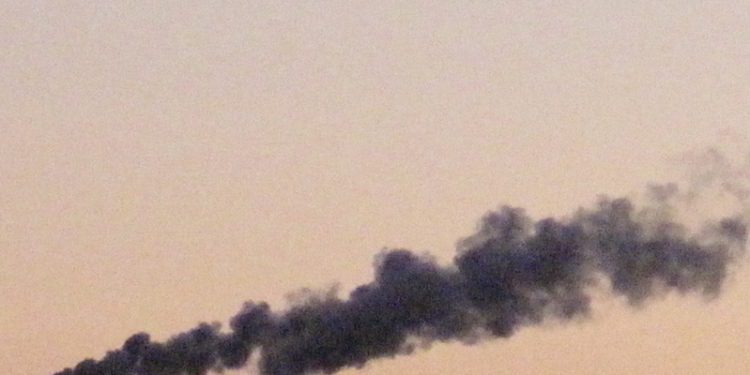Emissions of greenhouse gases from the fishing fleet can be expected to be reduced by 40% over the period 2005-2030, with new technologies, smarter fishing and environmentally friendly fuels accounting for the reduction.
According to Jan Ivar Maråk at Norwegian vessel operators’ federation Fiskebåt, the fishing fleet takes the climate seriously and Fiskebåt is part of the DNV GL Green Coast Programme, which includes developing a green fishing boat.
‘It is important for us to maintain our position as a natural and sustainable industry,’ Jan Ivar Maråk said. ‘We must be able to document the climate effect of each kilo of fish we deliver. This is an important asset in the market. We therefore need to take the initiative in terms of using new technology.’
Fiskebåt’s partnership in the Green Coast Programme is a direct continuation of the climate strategy for the fishing fleet which Fiskebåt developed in co-operation with Industry Research Fund, FHF. This has examined emissions from the fishing fleet as a whole and looked at what needs to be achieved to reduce future emissions.
‘In addition to new technology, it is about smarter and more efficient fishing. The tools here are the fishery regulations, structural policy, better gear and fishing gear. It’s about many small environmentally friendly steps, and it’s important to bring together the entire fishing fleet and the authorities in order to reach this goal,’ he said.
According to Narve Mjøs, programme director for the Green Coastal Programme (GKP) at DNV GL, propulsion, cooling and fishing technologies are key.
‘It is important that the fishing fleet is also represented,’ he said, explaining that under the Green Coastal Programme, Norway intends to establish the world’s most efficient and environmentally friendly coastal shipping powered wholly or partly by batteries, LNG or other environmentally friendly fuels.
The Green Coastal Programme consists of more than 30 players in all parts of Norwegian fishing and short sea shipping.









